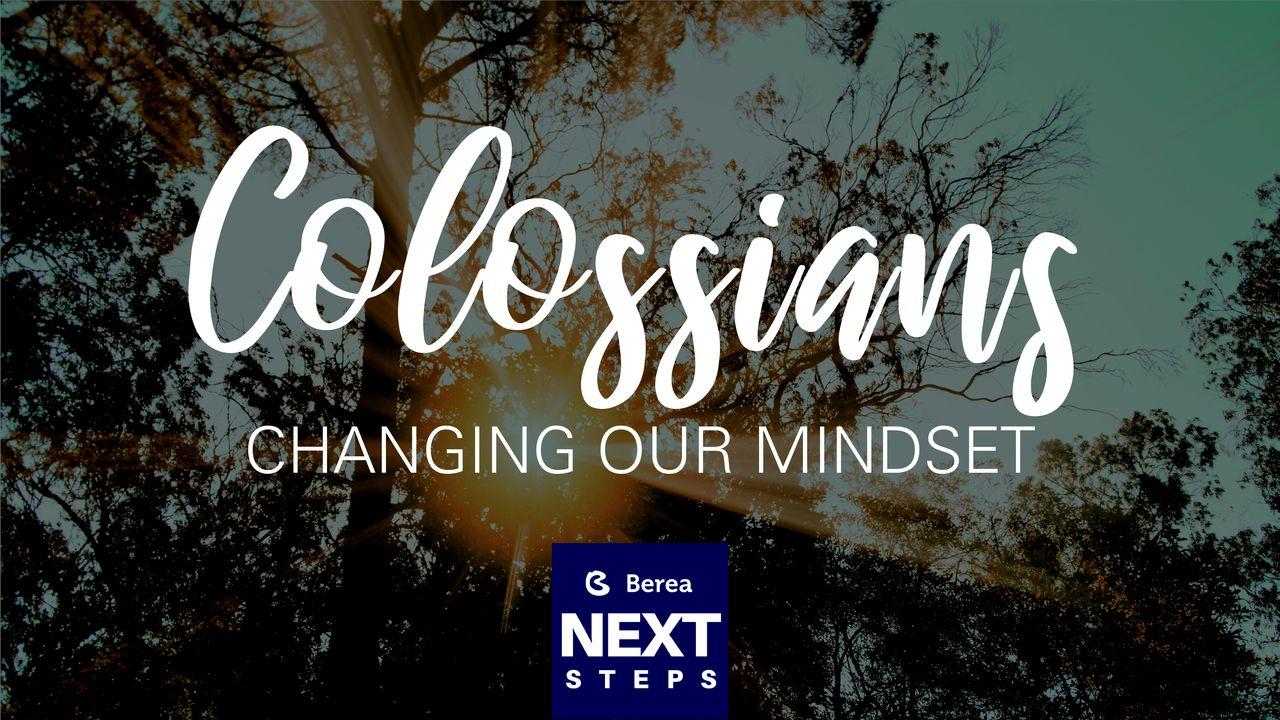30-Day Challenge: ColossiansSample

Introduction:
Over the next 30 days, we will read the entire book of Colossians 30 times. That might sound like a lot, but think about it—you’ve already completed it once. Congratulations! It’s only four chapters and should take around 15 minutes a day.
Be aware that the first few times you read through Colossians, you’ll likely nod your head and think, Oh yes, I remember this part. You may even have a favorite verse or section that you love getting to read each day. By the second week or so, however, you may end up feeling like I KNOW, sheesh! Can I skip this? I’ve basically memorized it by now. Resist the temptation to skip it. If you keep going strong, in the last week of reading you may just find that when you read some part your reaction will be, Has this been in here the whole time? How could I have missed it?! This is incredible! So stick with it.
Whether you’re reading and studying the Bible for the first time or just need a review, here are some helpful tips and strategies to remember.
Tips for Reading/Studying the Bible:
- Context. Some background info for the whole book will be provided, but getting context is the main reason for reading the whole book every day. We'll be focusing on a very small bit of Colossians each day, but it is important to remember the context in which it sits.
- The Bible was written for all of humanity, but not every bit was written to each of us personally. For example, Colossians is a letter that Paul, one of Jesus’ followers who was commissioned to bring his good news to the Gentiles (non-Jews), wrote to a church in the town of Colossae, which was located in what is now the country of Turkey. As we read, we should keep in mind that the primary audience was a specific group of people in a specific culture at a specific time in history.
- Ask, “What does it mean?” rather than “What does it mean to me?” To be sure, there are practical applications for our own lives that we can find in the Bible, but understanding what the author meant in the original context is an important first step in knowing what we should do or why we should care about what that part of the Bible says. It’s important to first understand what the author was saying to the immediate audience before we can understand how to apply the words to ourselves.
- Make observations. Writing down our general observations helps us to be sure we haven’t missed any important pieces and allows us to see if we can explain the basic idea of what we just read. Breaking down the reading into separate pieces can also help us to focus on each aspect of the study.
- Ask questions. We rarely learn anything without asking questions. Sure, someone can spout a lot of information at us and we might walk away with something, but when we initiate the question and search for the answer, a lot more learning sticks, and we often learn more than we expected to when we first asked the question. Don’t be afraid of hard questions. All genuine questions are legitimate. In fact, most of the days in this plan won’t contain a lot of written information like today did. Instead, each day will be reading Colossians and using questions to unpack the reading. You can write down your thoughts on your own, but if you’re tag-teaming this plan with a friend or group, we encourage you to discuss your thoughts and questions with others as well.
Information on Colossae:
As mentioned before, Colossians was a letter written by Paul, who was a follower of Jesus and who was sent by Him to bring the good news of Who Jesus is and what He did to those who were not Jewish (often called “Gentiles”). This was “phase two,” if you will, of God’s plan to redeem the whole earth. It began in the Old Testament when God chose the Jews to be His people, but they were chosen for the purpose of bringing the whole world back into a right relationship with God. Once Jesus died on the cross to pay for all humanity’s sin, it was time for that message to be spread to the rest of the world, beyond just the Jewish people. Jesus’ twelve disciples, whom we can read about in the books of Matthew, Mark, Luke, John, and Acts, primarily focused on bringing this good news to the Jews. Paul, on the other hand, went to the Gentiles. If you want to read more about Paul himself, you can read his story in Acts 8 and the following chapters. (Note: Paul was known as Saul prior to becoming a follower of Jesus.) As we’ll learn in Colossians 2 and 4, it seems that Paul had connections to the group of Christ-followers in Colossae but that he had not personally met them.
Write or Discuss:
What is Paul’s main focus in his letter to the Colossian church? Summarize it in one or two sentences.
About this Plan

Join us on a 30-day journey of mindset transformation. The provided passages and questions will tackle important concepts, like how to make the gospel front-and-center in our lives, how to avoid distractions that pull us away from God, and how to leave behind past mistakes and live in the hope that God gives to those who follow Him.
More
Related plans

Profound Conversations - Empowered to Go!

How to Keep Your Head on Straight in a World Gone Crazy

Peace for the Anxious Soul

From the Cross to the World: Living Easter Every Day

The Wheel

A 5-Day Journey Exploring Moses’ Burning Questions

What You Earn Isn't Who You Are

Bible App for Kids – Discover God’s Big Story

BibleProject | One Story That Leads to Jesus
